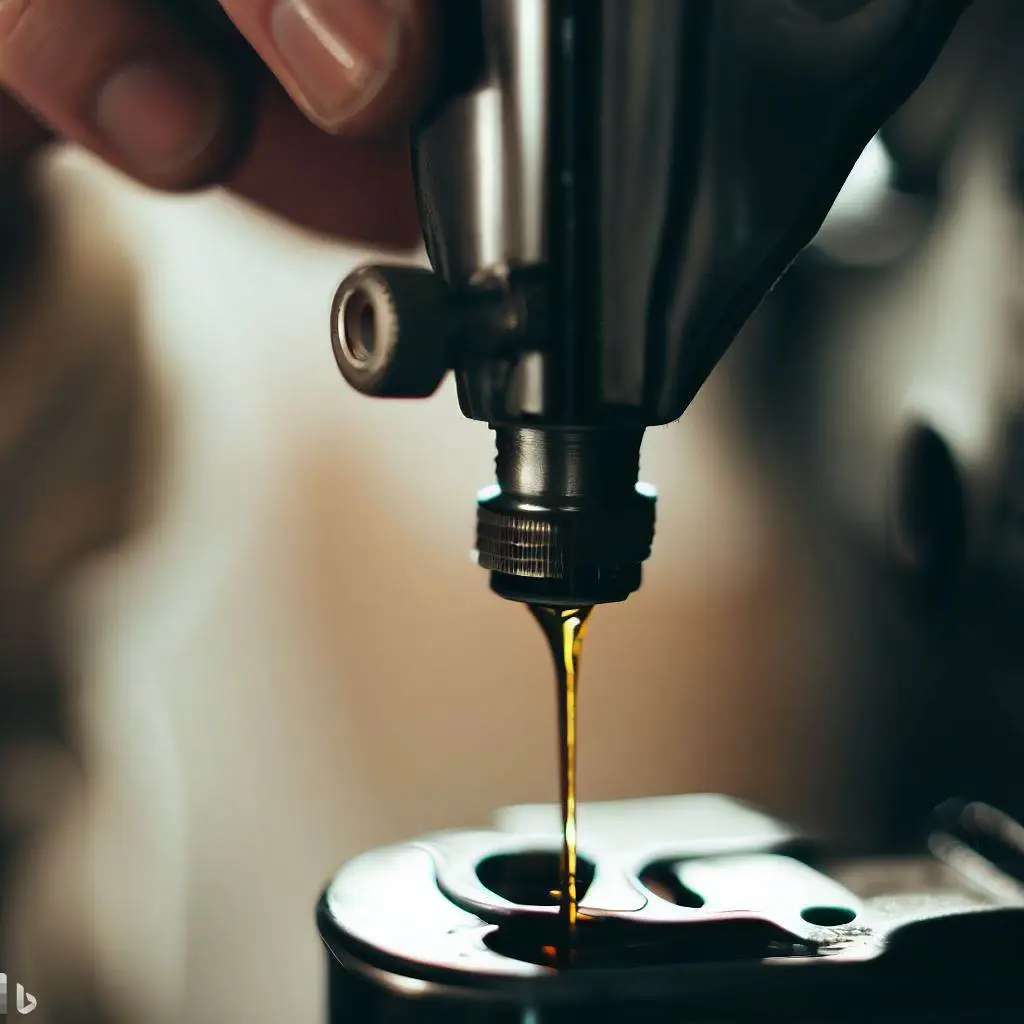Reasons for Freezing of a Sewing Machine
A sewing machine can freeze for many reasons. Sometimes the problem may be obvious, such as a broken needle, while other times the freezing may be less apparent and require more detective work on your part. Regardless of the cause, unfreezing a sewing machine is an important task to prevent damage and ensure proper function.
Here are some tips for unfreezing a sewing machine:
1. Check for Broken Needles:
If one or more of your needles are broken, this will most likely result in your sewing machine freezing up. To check for broken needles, remove the needle from the bobbin case and run it through a thread test – if it comes out clean, it’s likely that there is a broken needle in the machine. If you find a broken needle, take action to replace it as soon as possible to minimize damage to the machine.
2. Clear the Sewing Machine of Thread:
When your machine is freezing up, it’s usually because there is too much thread in the machine. To clear the sewing machine of thread, turn it off and unplug it from the wall. Remove all the fabric and trim from the machine before turning it back on. It’s important to do this before attempting to unfreeze the machine as any broken needles will be at an even greater risk of causing damage.
3. Check for a Blocked Sewing Machine:
If your sewing machine won’t move or doesn’t seem to be operating at its best, there is a good chance that something is blocking its gear train – most commonly, this can be a piece of fabric or a tangled ball of thread. To free up the gear train, start by removing any excess fabric or thread from around the screwdrivers and other moving parts on the machine. If this doesn’t work, you may need to take the machine in for service.
4. Clear the Throat of the Sewing Machine:
If your machine is freezing up due to a blocked gear train, one of the first things you’ll want to do is clear the throat of the machine. To do this, remove the cover over the bobbin case and poke a thin object down the throat of the machine – like a straw – until it comes out the other end clear. This should unblock any obstructions and allow your sewing machine to start working again.
Check the Sewing Machine Pulley
When checking the sewing machine pulley, it is important to make sure that it is securely attached to the machine and that all of the components are in good working condition. Look for any signs of rust or wear and tear on the pulley, as this can affect its performance. Make sure that it is properly aligned with the other parts of the machine and that it is not sticking or binding. Also check to see if there are any loose screws or bolts holding the pulley in place, and tighten them if necessary. Finally, lubricate any moving parts on the pulley to ensure smooth operation and a longer life for your sewing machine. Taking these simple steps will help you keep your sewing machine running at its best.
Lubricate the internal parts of your sewing machine
Steps to Unfreeze the Frozen Sewing Machine
If your sewing machine is frozen, you may be able to unfreeze it by following these steps:
1. Remove the plug from the power outlet.
2. Open the front cover of the sewing machine and wait for it to warm up. If it doesn’t start automatically, turn it on manually by pressing the power button.
3. Push down on each arm of the bobbin case to release any tension that may have been built up inside.
4. Open the top cover of the machine and remove any obstructions from around the needle (if there are any).
5. Put a drop or two of oil or WD-40 onto one end of a metal rod (or a metal steak if you don’t have a rod).
6. Insert the rod into the needle hole on the front of the machine.
7. Push and pull the rod until it comes out the other end, unblocked.
8. Replace any obstructions that you removed in steps 5 and 6, and plug in your sewing machine to the wall to finish warming up.

